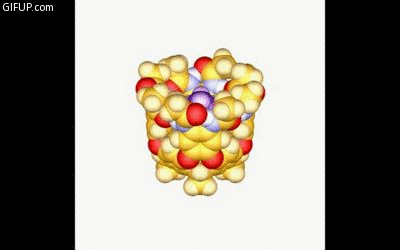By Ashley Yeager

Comparing a child's DNA to his parents' could help with identification of hard-to-diagnose genetic diseases. Credit: Henrik Jonsson/iStockphoto
Dr. Gregory House, star of House, M.D., and the lab techs on CSI never fail at their jobs. But that’s Hollywood. In real life, diagnosing illnesses and sequencing DNA isn’t so straightforward. It doesn’t always lead to a happy ending either, especially for children who are sick but can’t be diagnosed, even by gifted, real-life doctors.
That’s exactly why geneticist David Goldstein has teamed with pediatrician Vandana Shashi to combine a little House and CSI to identify apparent genetic diseases and quickly end some families’ diagnostic odysseys.
So far, the team has provided likely genetic diagnoses in six of 12 children it has worked with, said Goldstein at a Cardiovascular Research Center Seminar Series talk on June 27.
The children were referred to Shashi for a pilot study where she would record their symptoms, or phenotypic behavior, much like House. Then, Goldstein and his team at the Center for Human Genome Variation collected DNA samples from the children and both of their biological parents.
Using next-generation genetic sequencers, as well as traditional DNA scanners, Goldstein and his team looked for genetic variations between the children’s and parents’ complete genome. Like looking at DNA to identify a criminal, Goldstein and his genetics team are scouring the sequences for genetic fingerprints of the diseases disrupting the children’s lives.
Once variations were identified, the entire team looked for known diseases with similar gene mutations and symptoms. Goldstein explained that the study not only pinpointed the undiagnosed congenital diseases in some patients but also presented new genes that could also be linked to the illnesses. The study’s success has led to the creation of the Genome Sequencing Clinic.
The clinic will begin to help the families of the 50,000 children (out of the four million) born each year in the US with difficult-to-diagnose genetic diseases. These types of studies will likely be the “earliest drivers for large-scale genetic sequencing,” Goldstein said.
But, he cautioned, “there’s a whole lot of junk,” or variation, in DNA. Every genome has the narrative potential for devastating diseases, and that means that House-CSI teams, like Shashi and Goldstein’s, need to be extremely careful when making diagnoses, especially if the results will influence treatment, he said.
Citation: Clinical application of exome sequencing in undiagnosed genetic conditions. Need, A. et. al. 2012. J. Med Genet. 49:6 353-361. doi:10.1136/jmedgenet-2012-100819











